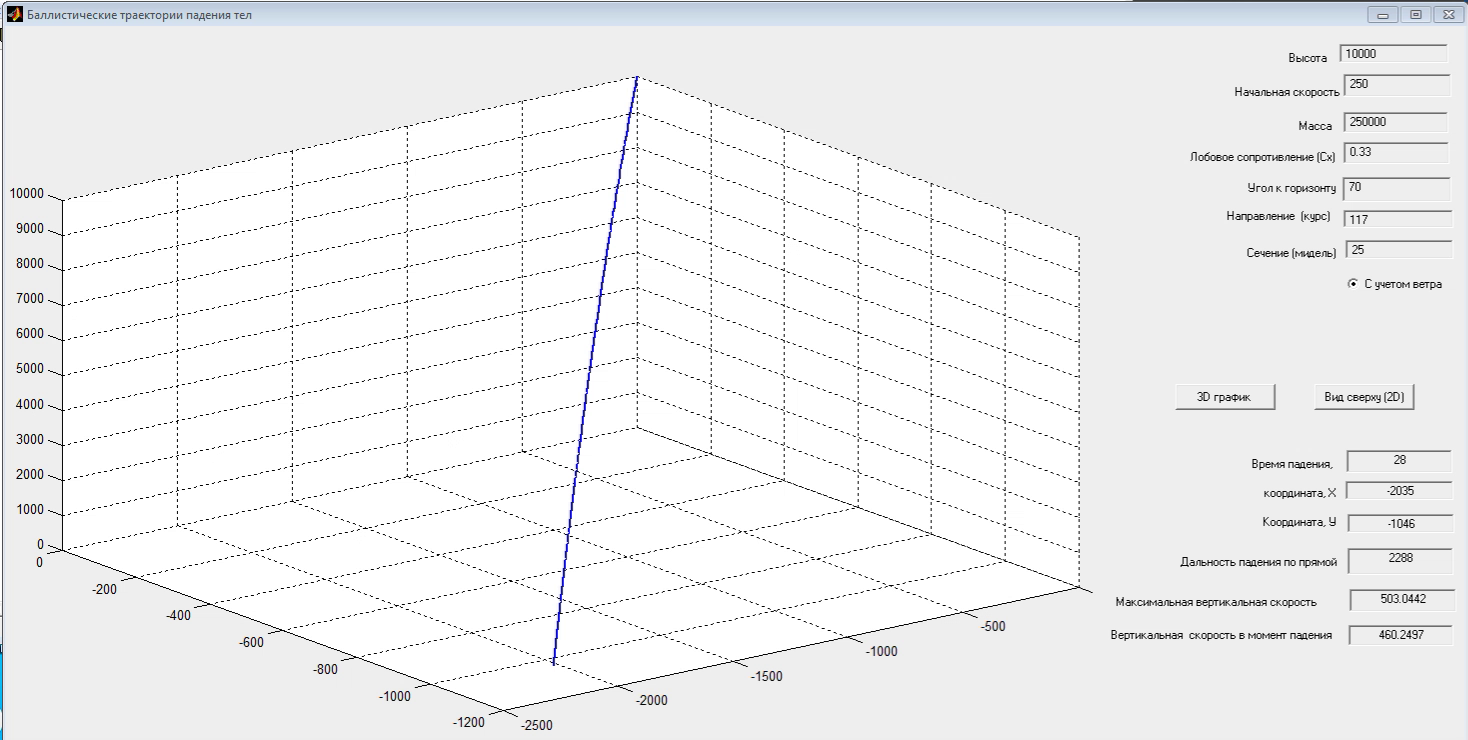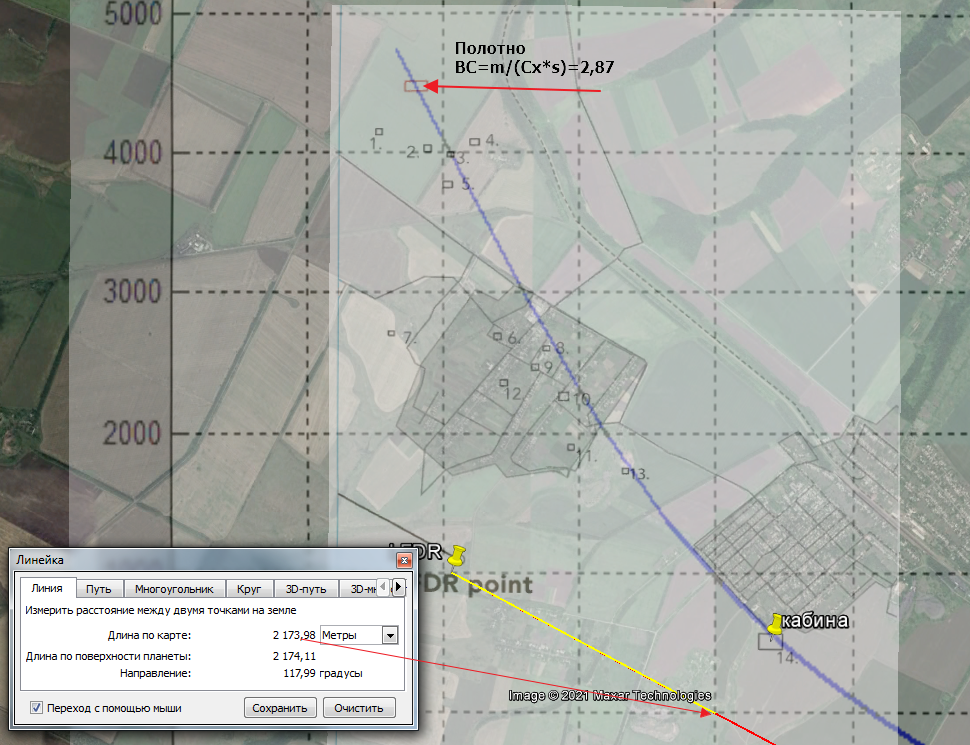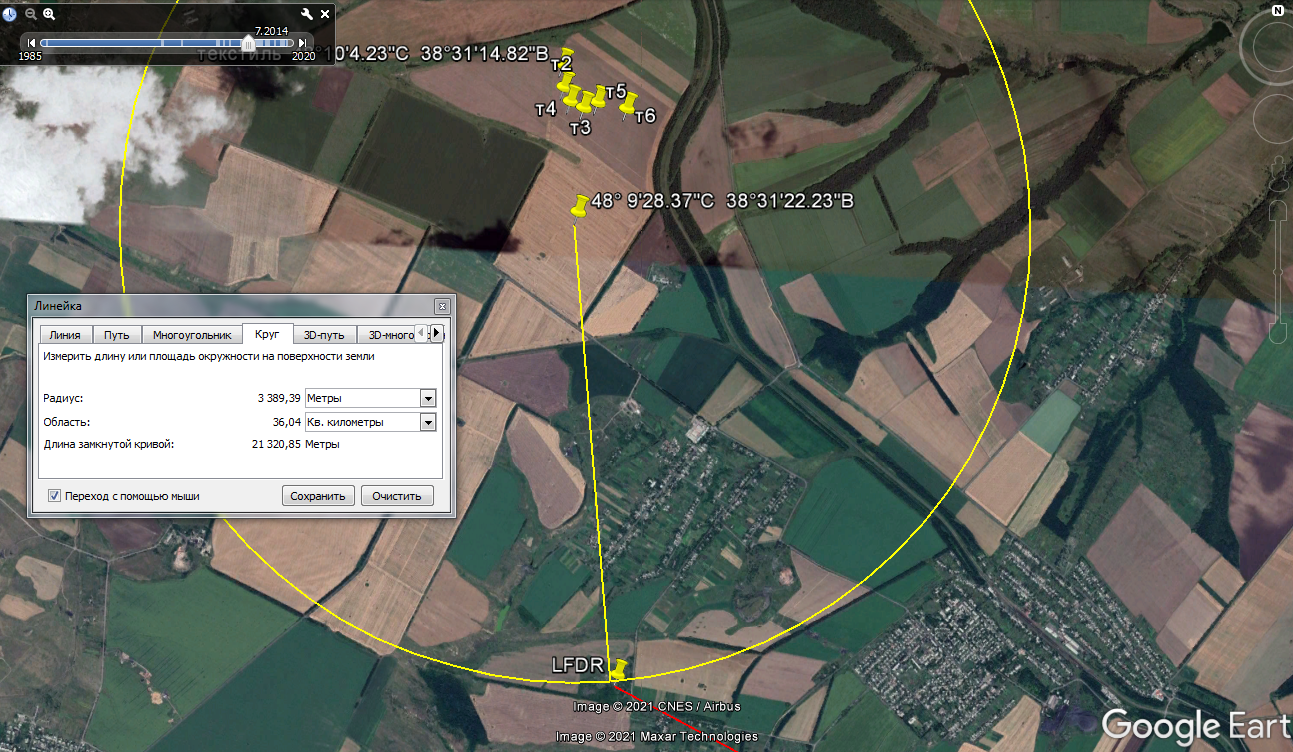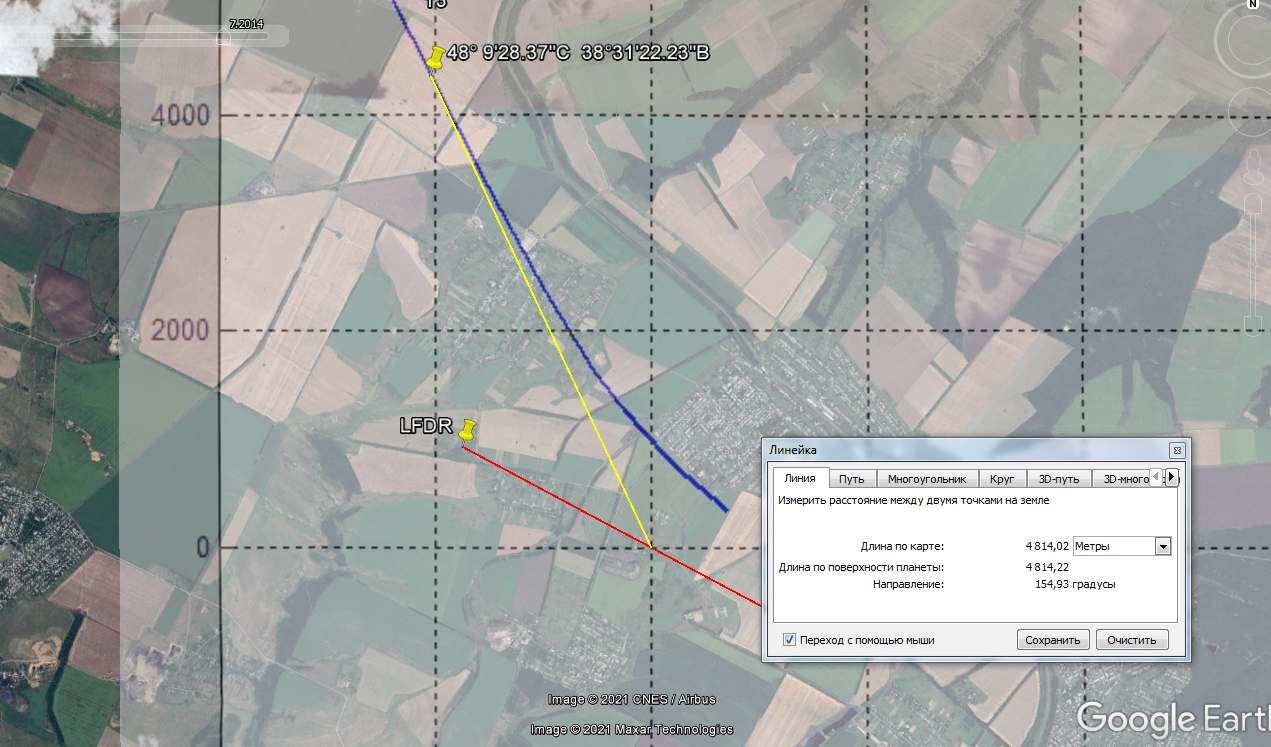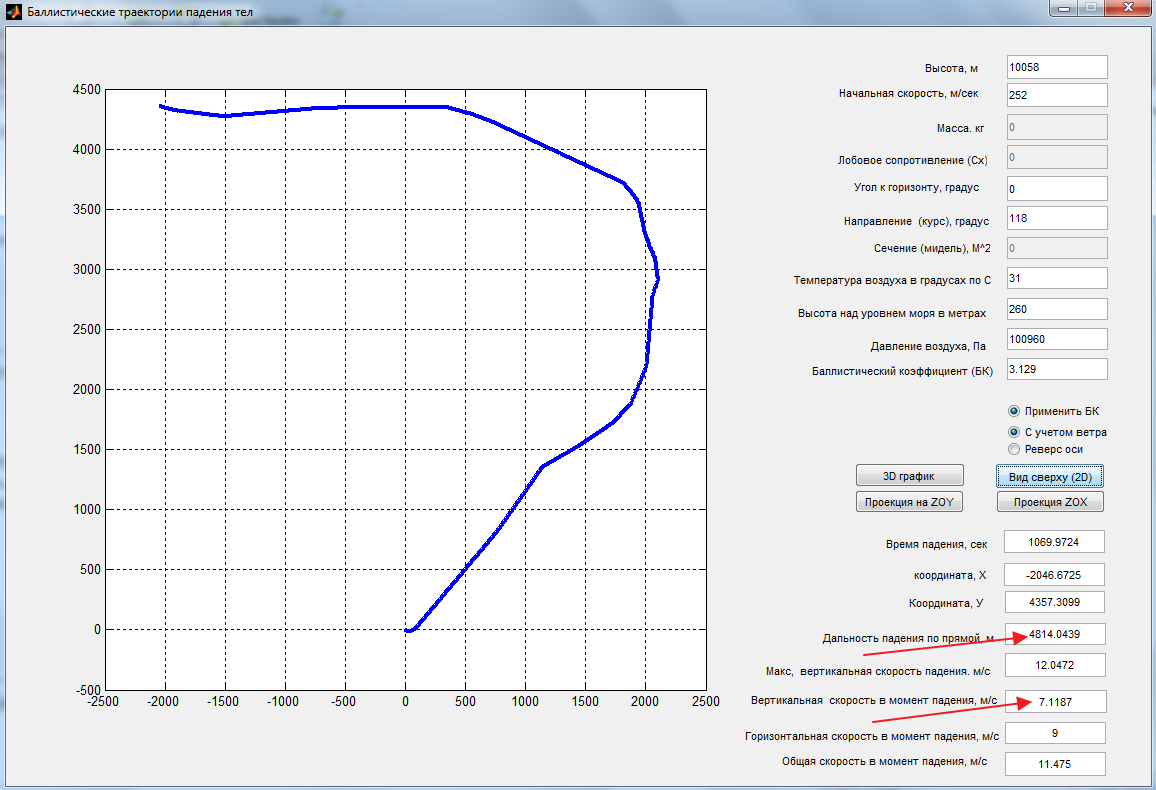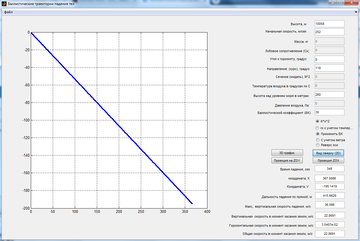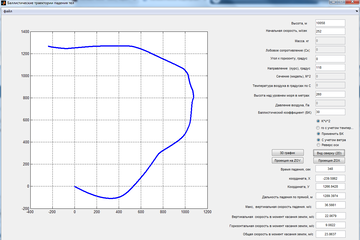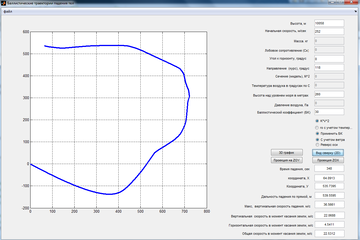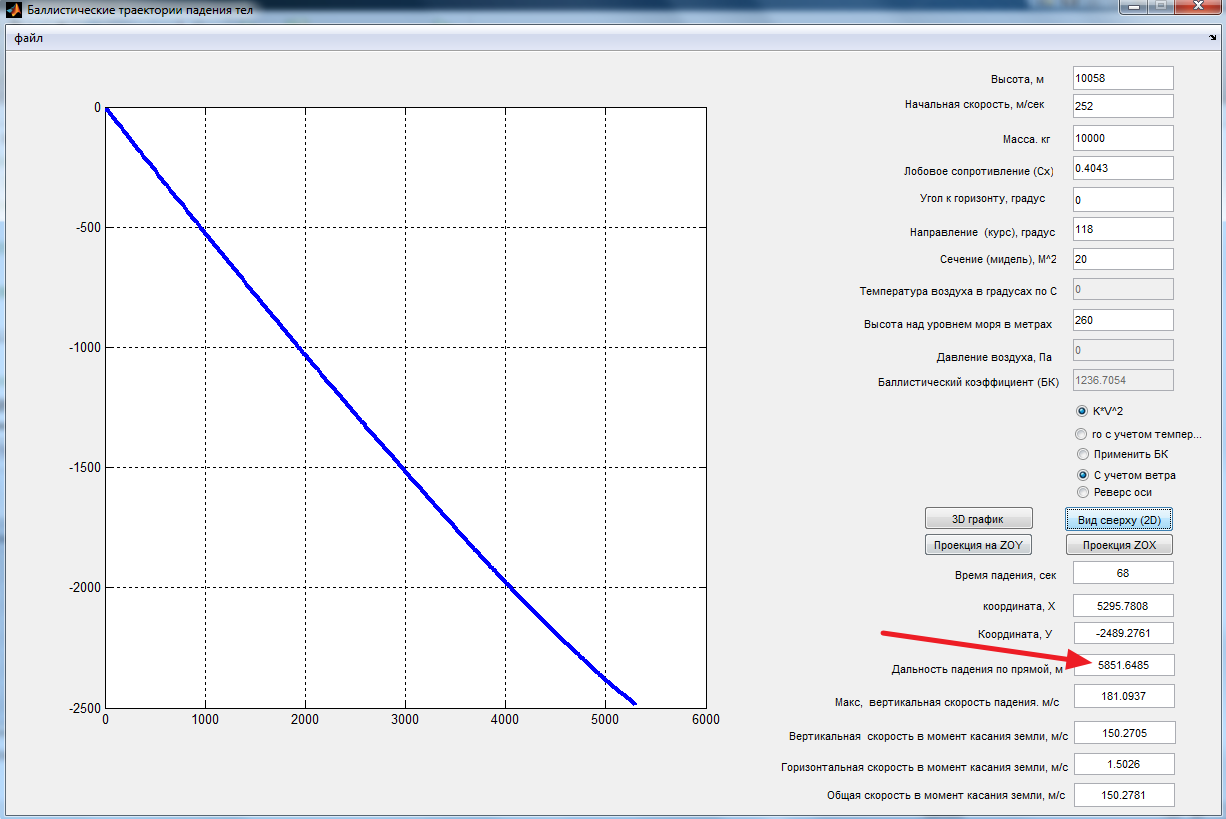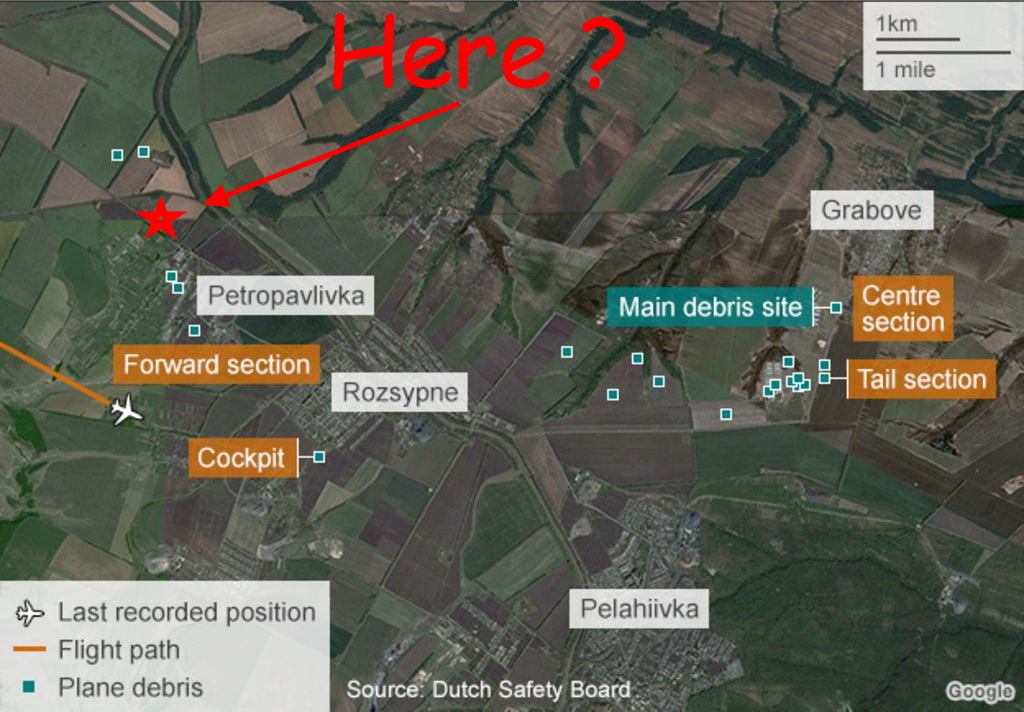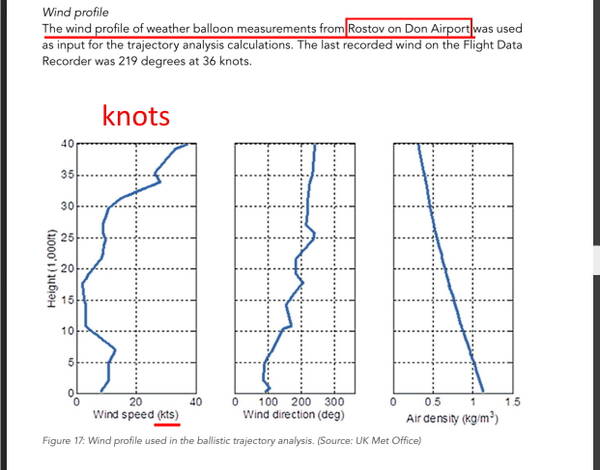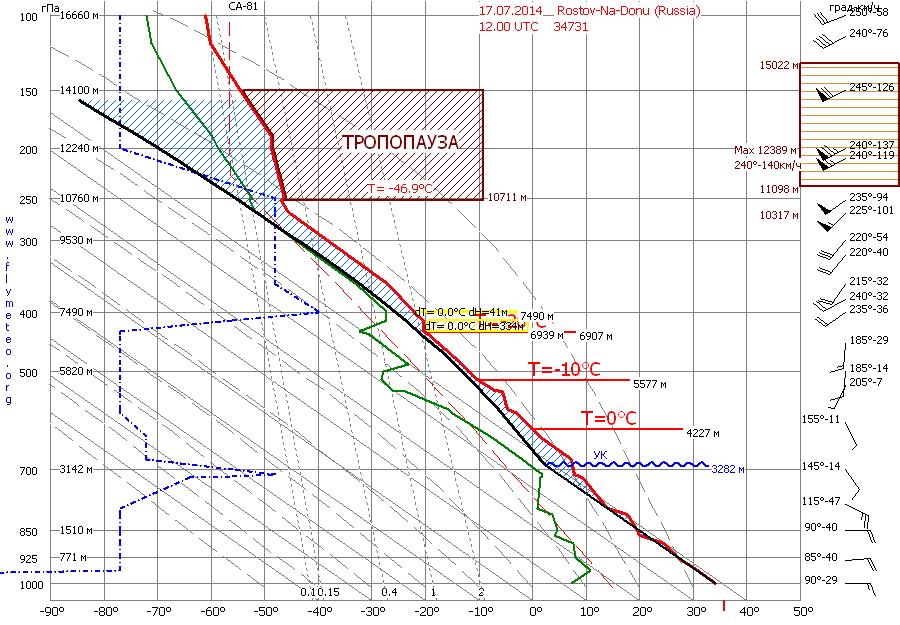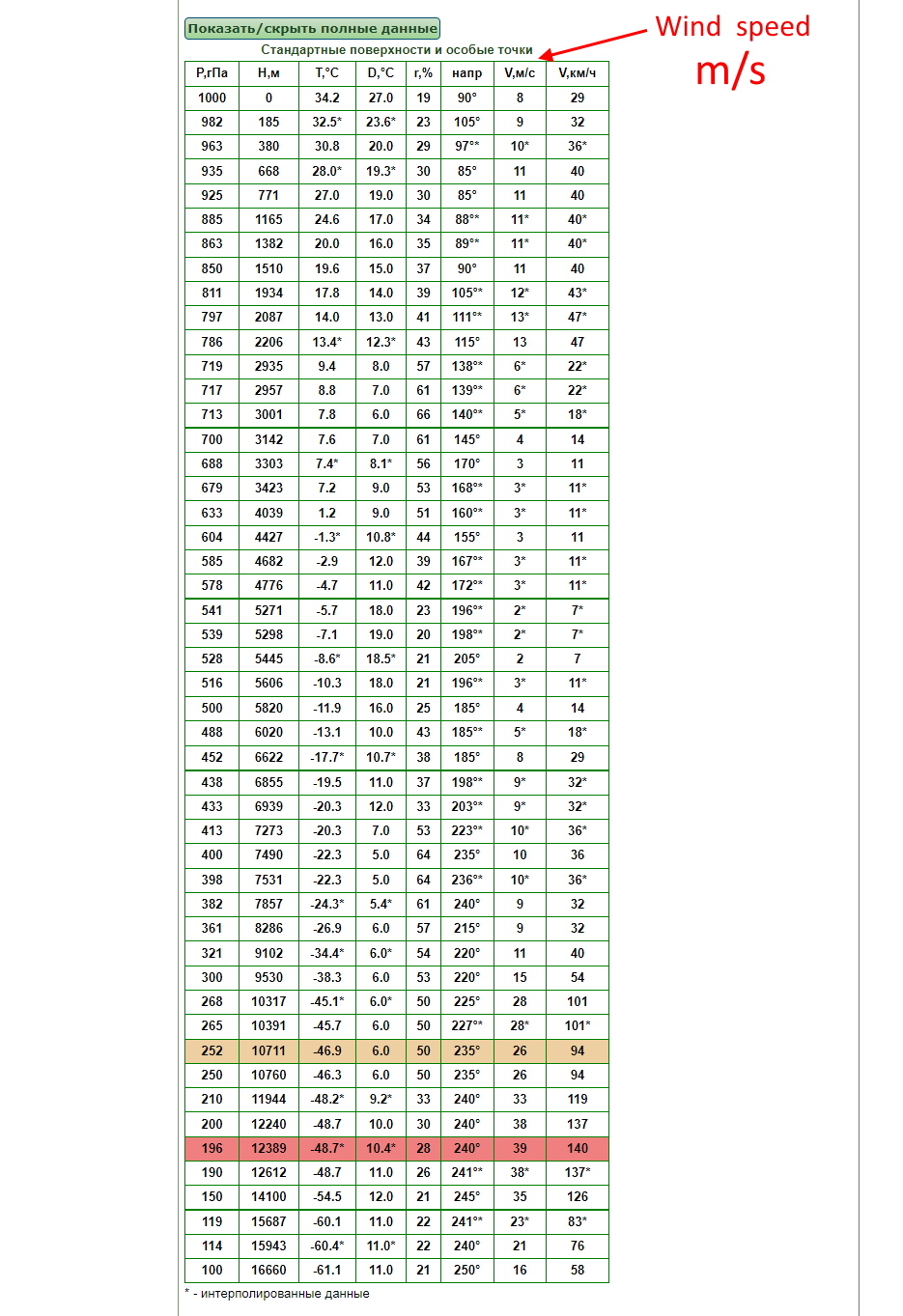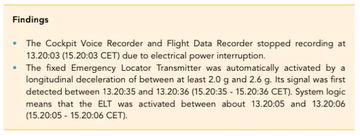Dutch DSB and JIT have a wrong strike point location of the BUK missile to MW17 airplane. It is about 4-5km too far to Southeast (forwards). It is impossible for a 10 tons´ compact metal debris "package" too fall down from 10000 m height and 250/m speed within 2km´s distance. I can prove with their own information from the "report", that it needs about 6000 m distance to fall down.
https://www.onderzoeksraad.nl/en/media/ … ctief2.pdf
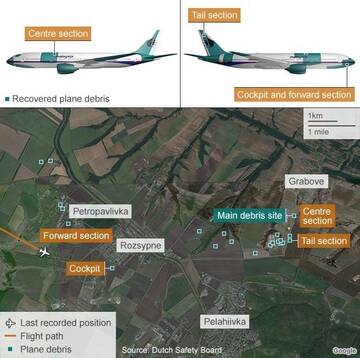
The real strike point is about at the left side of the picture in "height" of the word "Hrabove" (its administration building).
2.10 Wreckage and impact information
2.10.1 Wreckage distribution
Wreckage from flight MH17 was discovered spread over a large area near the towns of Rozsypne and Hrabove in eastern Ukraine. The main wreckage site was located 8.5 km on a bearing of 080° from the last known position of the aircraft in flight. On the accident site, a large amount of photographs was made, which allowed identification of certain aircraft parts, including preliminary assessments of localization and the nature of damage on the fuselage skin and the engines. The aircraft wreckage, identified from the on-site photographs and satellite images, consisted of many large and small pieces distributed over an area of approximately 10 km by 5 km (figure 6). Fuselage pieces, cargo and baggage were scattered throughout the wreckage site. There were many additional unidentified pieces that are not shown in the figure. For easy reference the wreckage site has been divided into sections as shown in
https://www.tiede.fi/comment/3121054#comment-3121054
13:20:05 ... 13:20:06 ELT registered a 2g:n longitudinal acceleration. The ccckpit was loose, disconnected from the fuselage.
https://www.tiede.fi/comment/3127339#comment-3127339
The cockpit has flown 5000 - 6000 m when its drag has been -2g at the disconnection moment
https://en.wikipedia.org/wiki/Drag_(physics)
mdv/dt = mv´(t) = - ρACv²(t)/2 = - cv²(t) = the drag force
v´(t)/v²(t) = - c/m = constant = -2g/vo² = -20ms⁻²/(250ms⁻¹)² = - (3125m)⁻¹ = -k
Integrating implicitely:
-v⁻¹(t) = -k(t - to), where to is integation constant, which gives
v(t) = k⁻¹(t - to)⁻¹
v(0) = 250ms⁻¹ = vo = -k⁻¹to⁻¹, which gives
to = -k⁻¹vo⁻¹ = - vo/(2g) = - 250ms⁻¹(20ms⁻²)⁻¹ = - 12.5s.
The distance d(t) at time t:
d(t) = int v(t)dt = k⁻¹[ln (t - to) - ln (0 - to)] = k⁻¹ ln (1 - t/to) = 3125m ln (1 + t/12.5s)
At the fall the same c/m = k = (3125m)⁻¹ can be used. (It can be regarded to be constant in trajectory direction.)
Now v(0) = 0, and the acceleration downwards dv(t)/dt = -g.
Now
m dv(t)dt = mv´(t) = mg - cv²(t),
v´(t)/(v²(t) - mg/c) = c/m = k, which is taken from the former task.
Let´s define still one coefficient:
k/g = p² = c/(mg), p = sqrt⁻¹(31250) m⁻¹s = 176.8⁻¹m⁻¹s
(m in two meanings: the mass and meter...)
v´(t)/(v²(t) -p⁻²) = gp²:
- p artanh (p v(t)) = (t - t1) gp²,
where t1 = 0 from v(0) = 0.
v(t) = p⁻¹ tanh(gpt) = 176.8ms⁻¹tanh (t /17.68s)
The fall height (from the top)
h(t) = int (v(t))dt = g⁻¹p⁻²ln cosh (gpt) = k⁻¹ln cosh(gpt) = 3125m ln cosh(t/17.68s)
For "larger" x: ln cosh x > x - sqrt2 = x - 0,693.
3125m (t/17.68s - 0.693) = 10000m => t /17.68s = 3.2 + 0.693= 3.893 =>
T = 68.8s IS THA FALL TIME.
In this time the cockpit goes in horisontal direktion distance
d(T) = 3125m ln (1 + 68.8s/12.5s) = 5851 m
***
DSB says the wind speed was 18 m/s from direction 210.
The transversal dispalement from wind can also be calculated by drag formula by "changing the drag direction" to positive.
mv´(t) = ρAC(v(t) - v1)²/2 = c(v(t) - v1)², where v1 = 18m/s
v´(t)/(v(t) - v1)²= c/m = constant (from the first task) = 20ms⁻²/(250ms⁻¹)² = (3125m)⁻¹ = k
- (v(t) - v1)⁻¹ = k (t - to)
v(t) = - k⁻¹/(t - to) - v1 = - 3125m/(t - to) + 18.5m/s
v(0) = 0 = 3125m/to + 18.5m/s
=> to = -3125m /18.5ms⁻¹ = - 169 s
v(t) = 18.5m/s - 3125m/(t + 169s)
The speed in horizontal direction at falling point on earth
v(69s) = 18.5m/s - 3125m/(169 + 69)s = 5.4m/s (acceptable),
d(t) = int v(t)dt = t v1 - k⁻¹ [ln(t - to) - ln to] = t v1 - k⁻¹ ln (1 - t/to)
= 69s x 18.5 m/s - 3125m ln (1 + 69/163)
= 1276,5 m - 1069,9 m = 207m FROM WIND.
PS: In this transversal to the trajectory plane direction the projection area A in ρAC = c can be different, for instance double to that in plane normal to trajectory.
If it is double, then k -> 2k = (1562.5m)⁻¹ , ja to -> to/2 = 85.5s.
Then d(T) = 69s x 18.5m/s - 1562.5m ln(1 + 69s/85.5s) = 352m from that same transversal wind 18,5 m/s.
(I have calculated with other means that absolute maximun transversal to the original flight line trasition from maximum wind (about 50 m/s) is about 600 m for the fuselage or cockpit.)
Отредактировано Risto_Koivula,_Tampere (2022-01-06 01:41:41)
